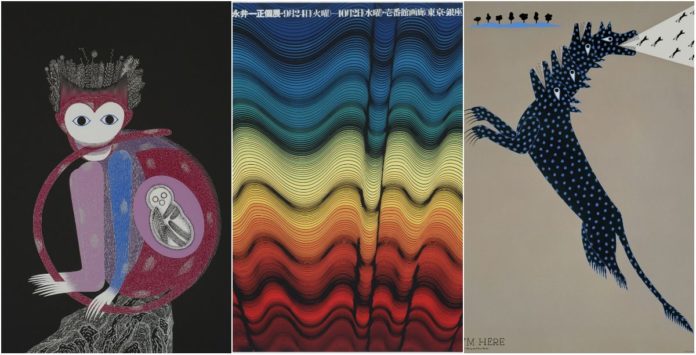Kazumasa Nagai stood at the origins of modern graphic design. During his long creative life, the Japanese graphic artist drew a huge number of posters: 475 of them were presented in a major retrospective of Nagai in 2014, and, according to him, this is only about half of all the works he created. And surprisingly, most posters from the 1960s and 70s even now look modern and relevant. Nowadays, Kazumasa Nagai, due to his venerable age, is not so efficient anymore, but still paints only by hand, without resorting to new technologies.
Kazumasa Nagai was born in 1929 in Osaka. He studied sculpture at the University of the Arts in Tokyo, but had to interrupt his studies because of health problems. In 1951, Nagai was hired by a textile factory where he was responsible for advertising. That’s how his career as a graphic designer began. In 1952, Nagai co-founded a club in Osaka, where training sessions for local designers were organized.
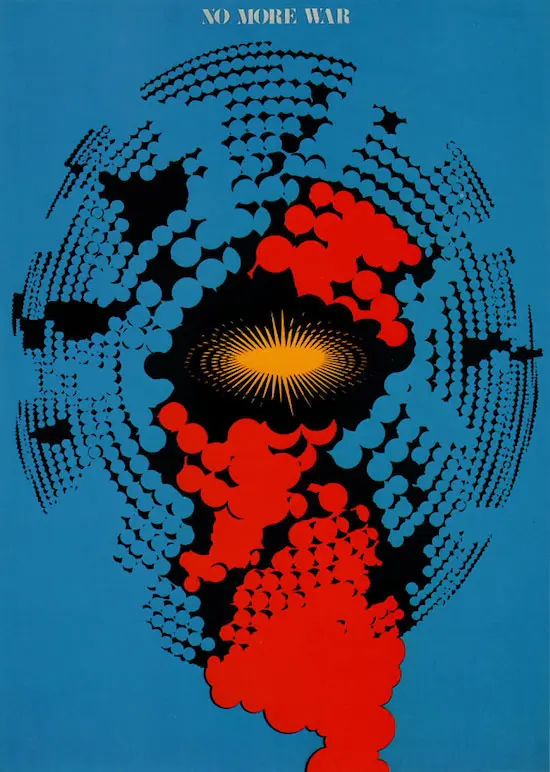
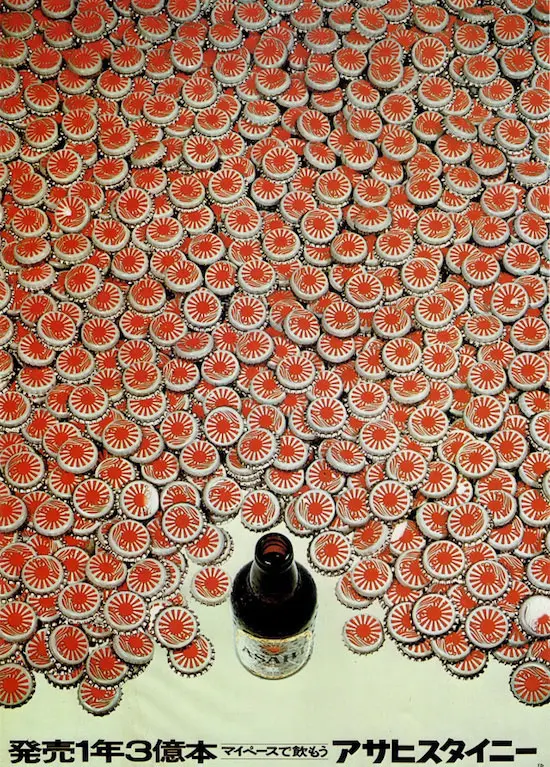

In 1959 he joined the “21 Association” in Tokyo, an innovative association of talented designers who came together on the 21st of each month to discuss graphic design, contemporary architecture, film and typography. A year later, the master participated in the launch of NDC (Nippon Design Center), a leading organization that aims to improve the quality of Japanese graphic design through collaboration with major companies. Nagai developed the centre’s official brand, which is still in use today.
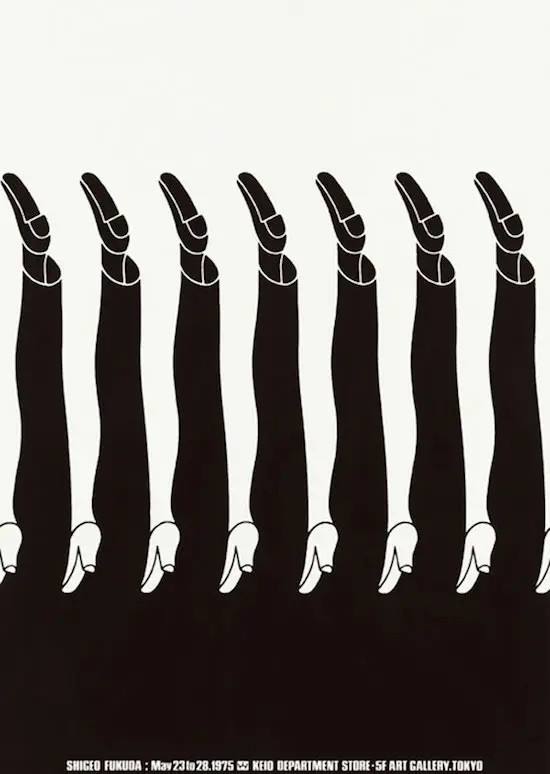

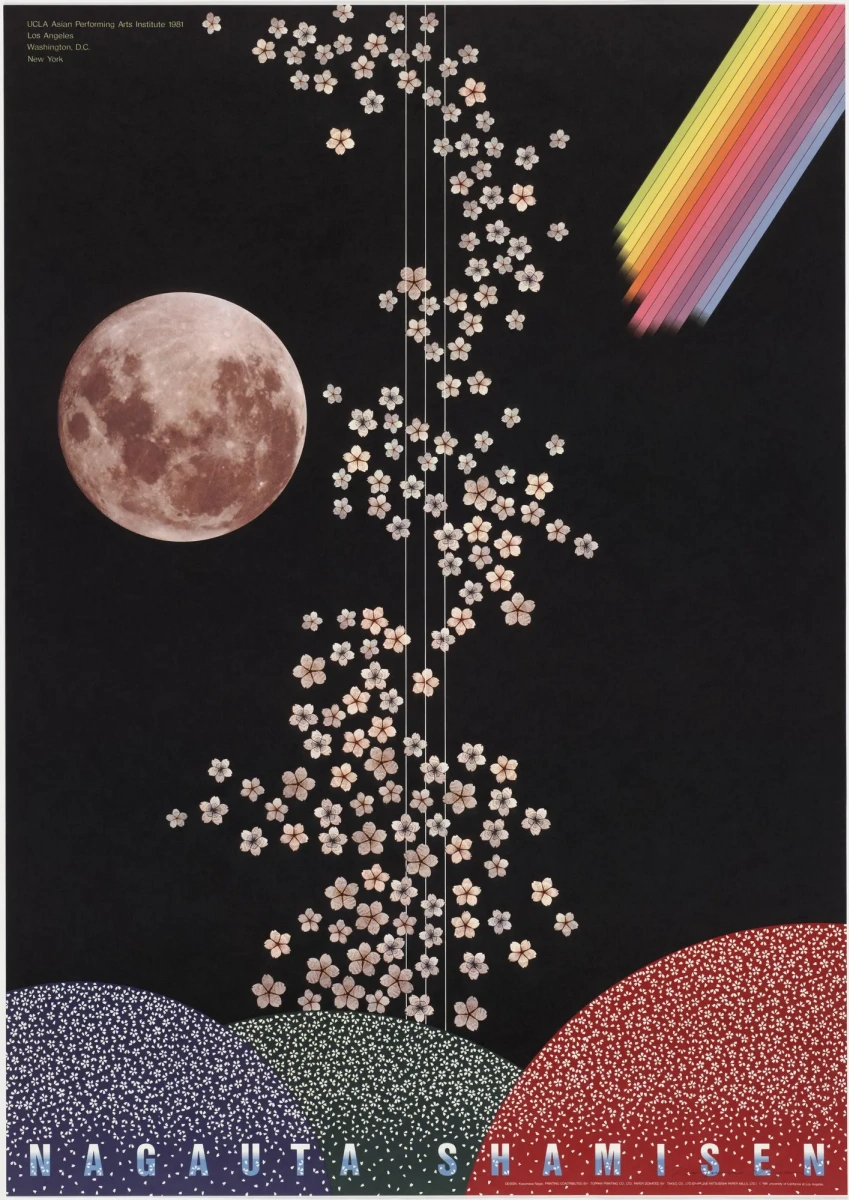
Among Nagai’s most famous works are posters for Nikkor, a lens brand manufactured by Nikon, created in the 1960s based on strict geometry and optical perception. The artist says: “Posters are the form of expression closest to painting. They are well known even to the average person. When words and images are naturally combined, they have a powerful persuasive power.




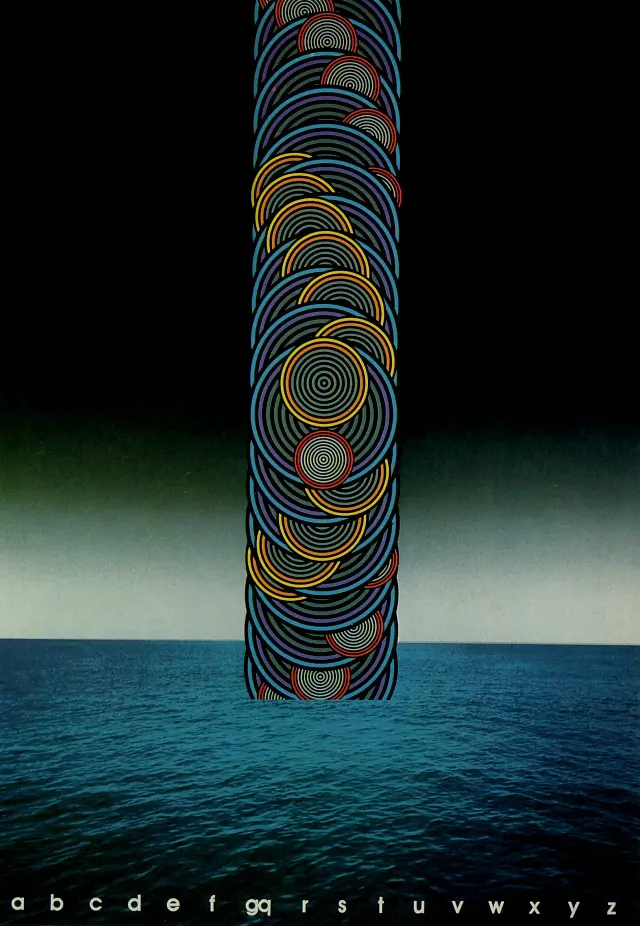

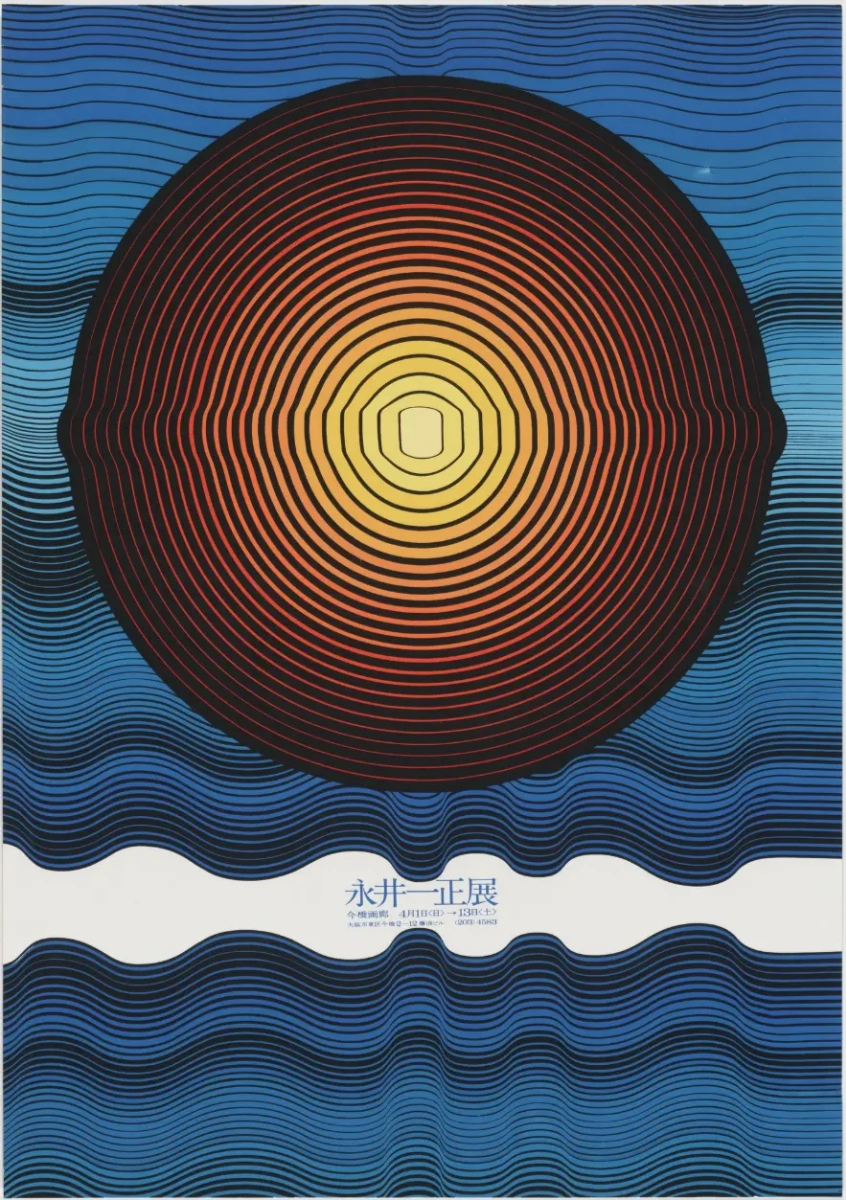
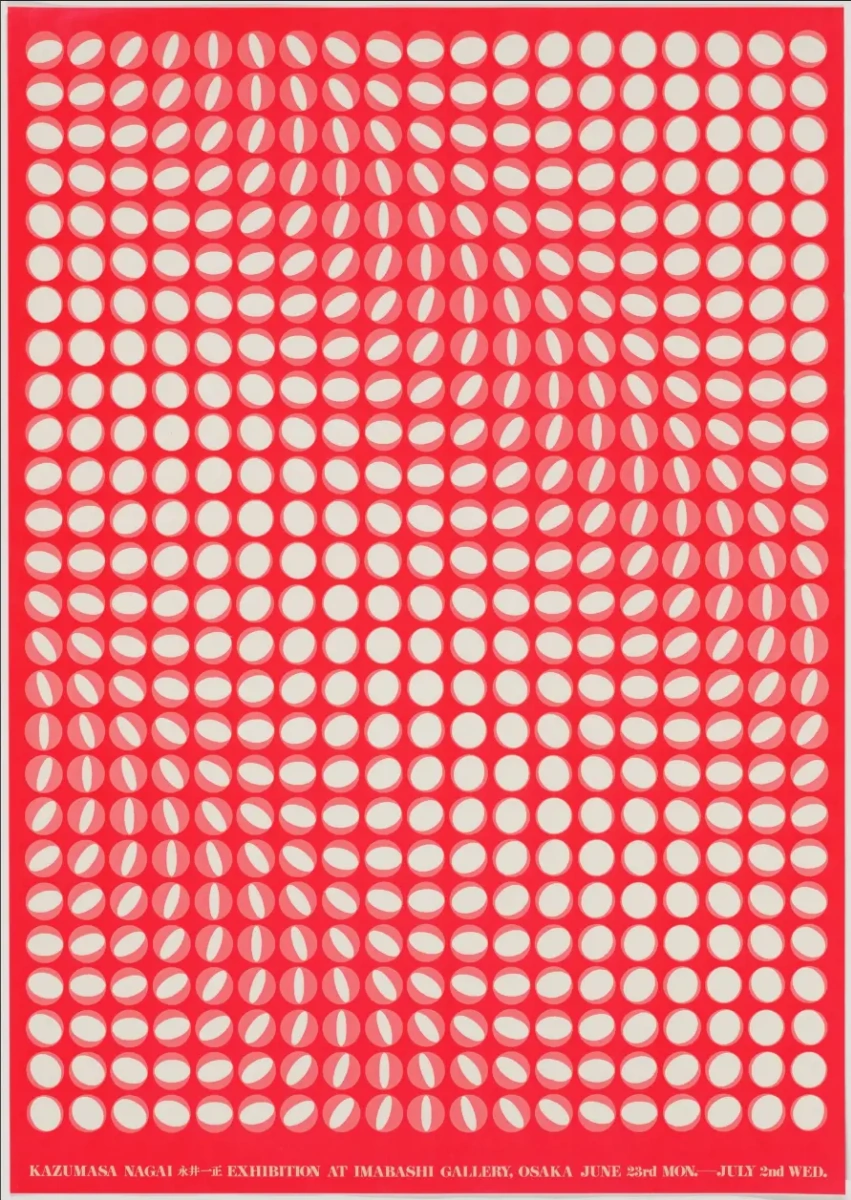
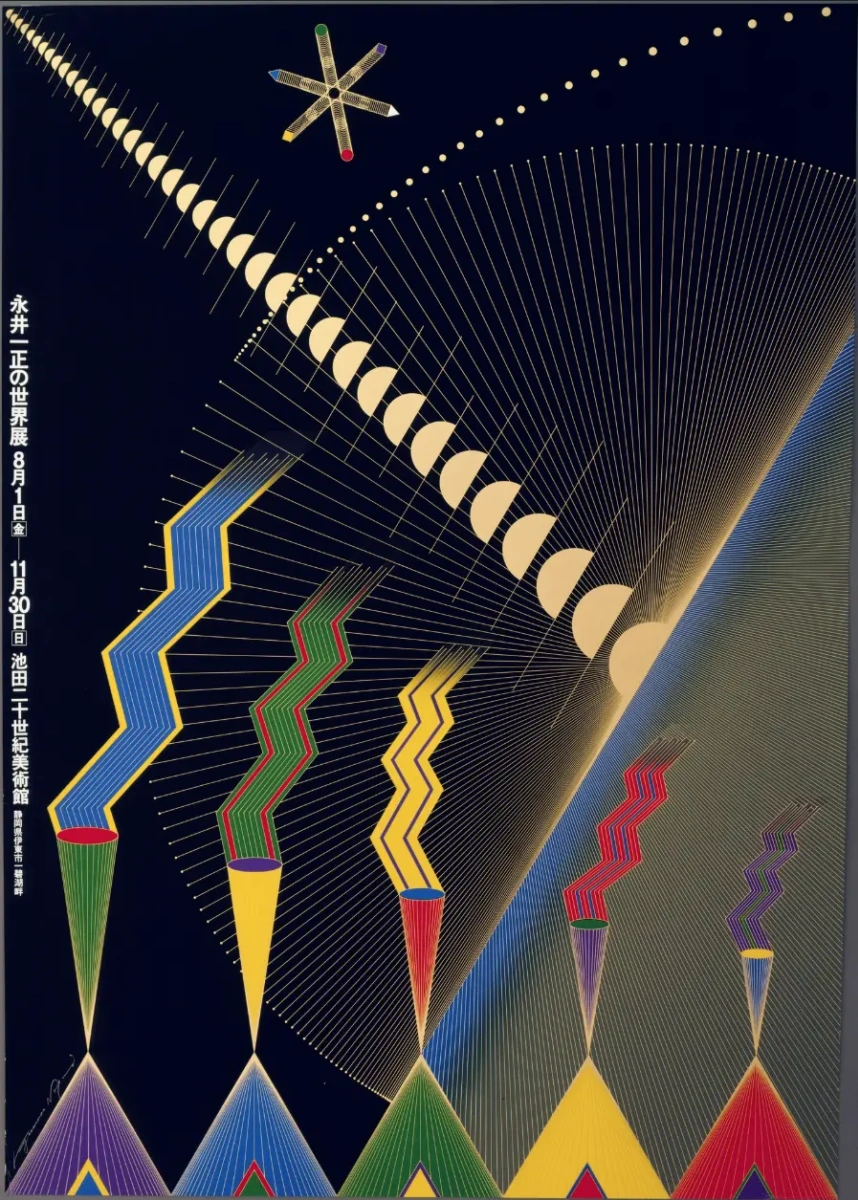
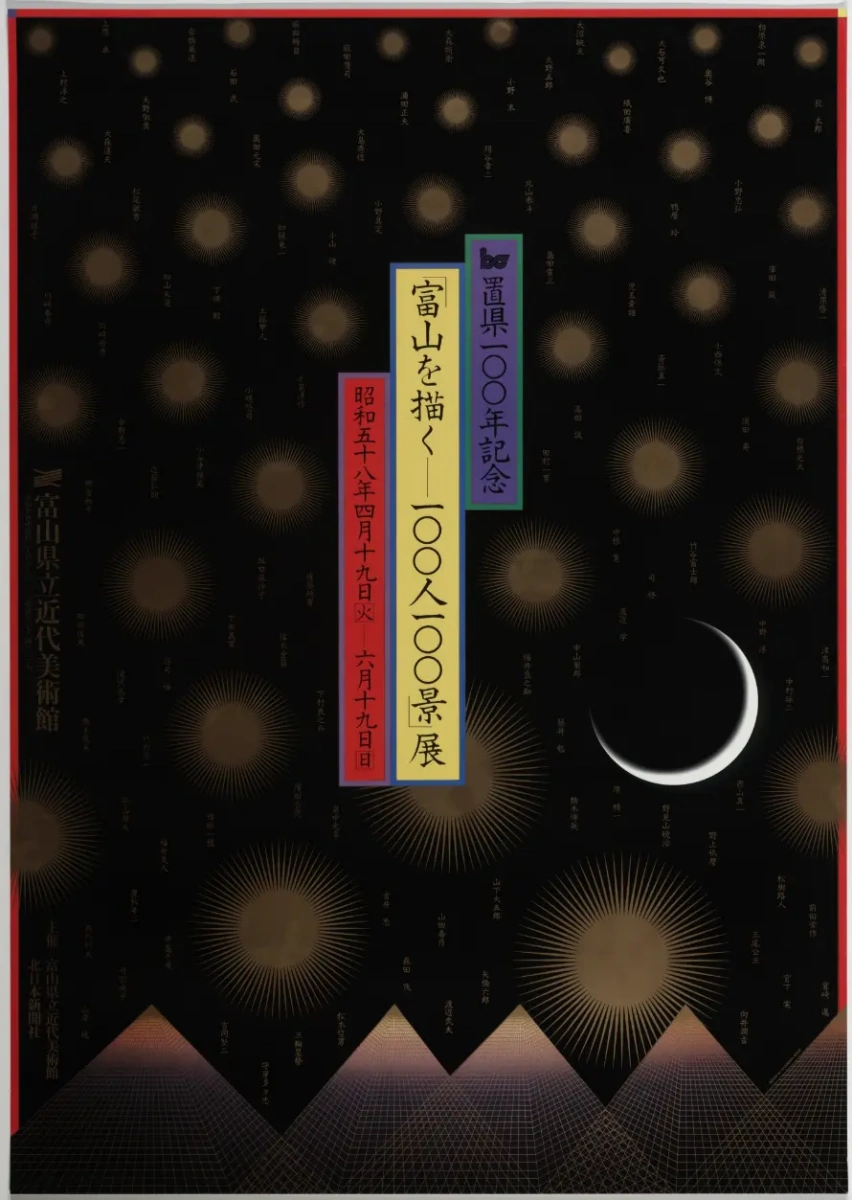
Nagai’s work on animals deserves special attention. Through traditional graphic techniques and the symbolic meaning of the animals he depicted, the artist created timeless images that refer not only to traditional Japanese art, but also to the origins of art in principle. Nagai gives his animals original, often simplified forms and paints them in bright colours. In some ways, his lions and birds are similar to the cheerful beasts of Maria Primachenko.
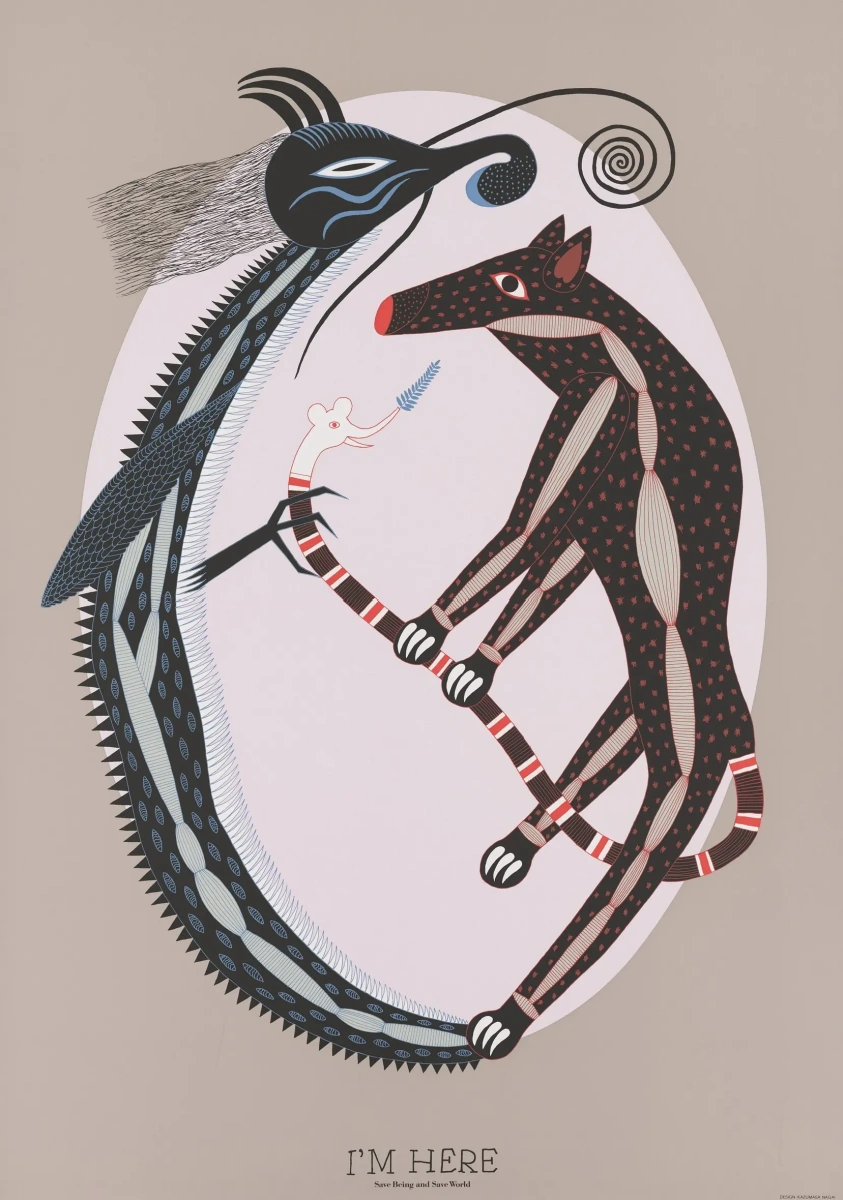
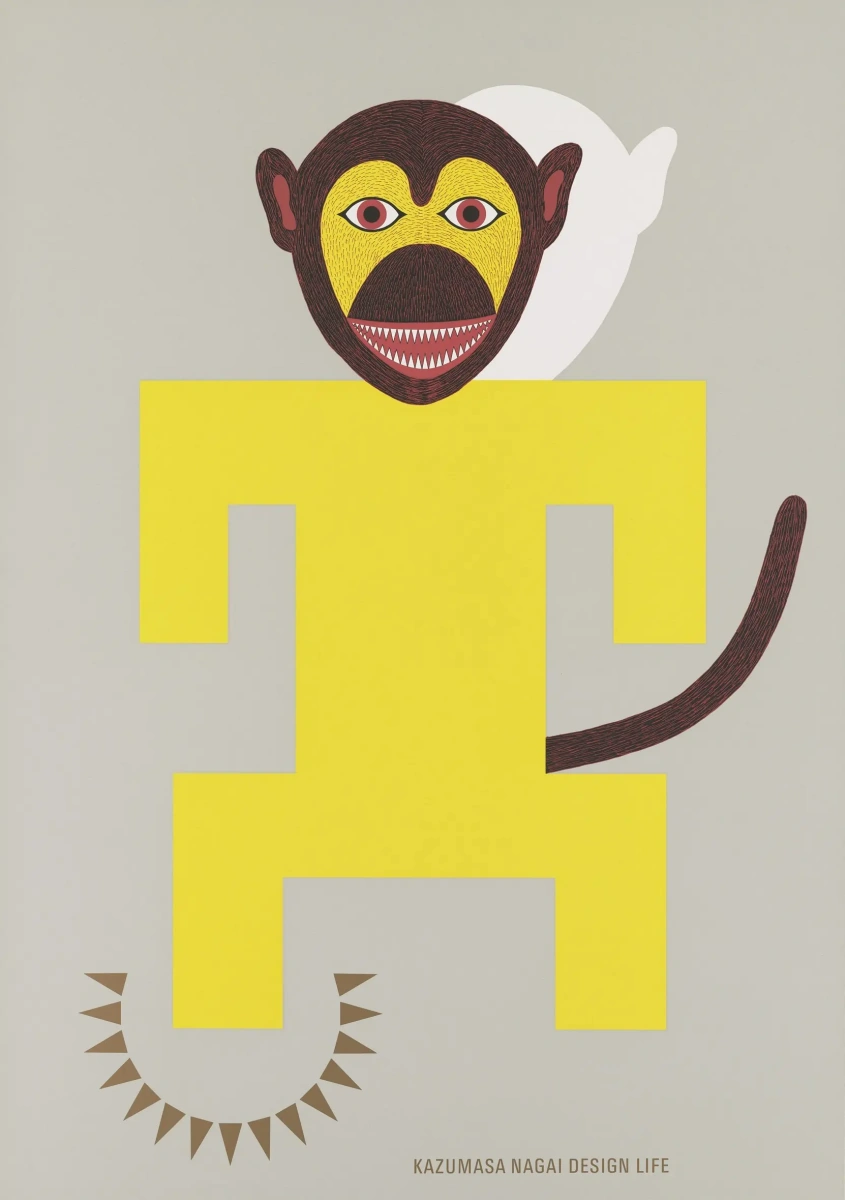
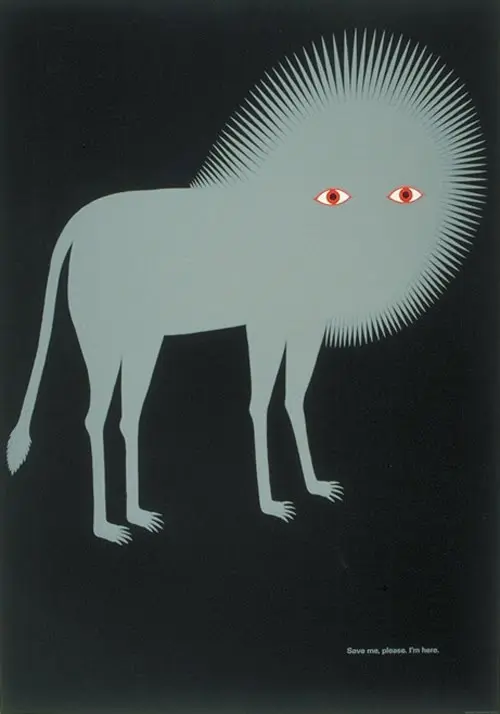

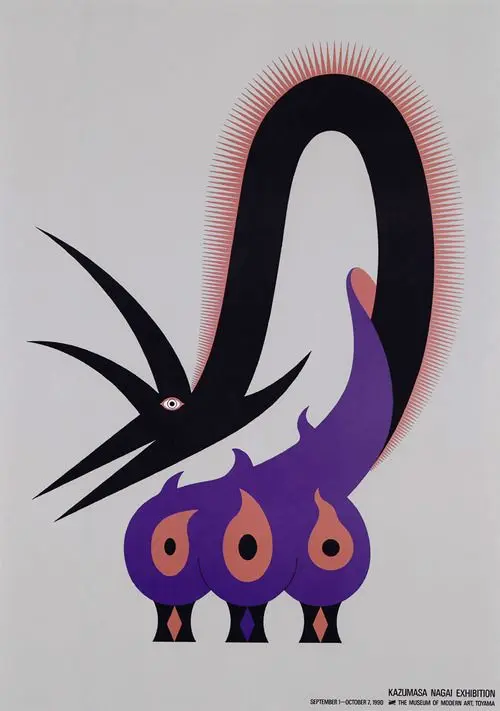
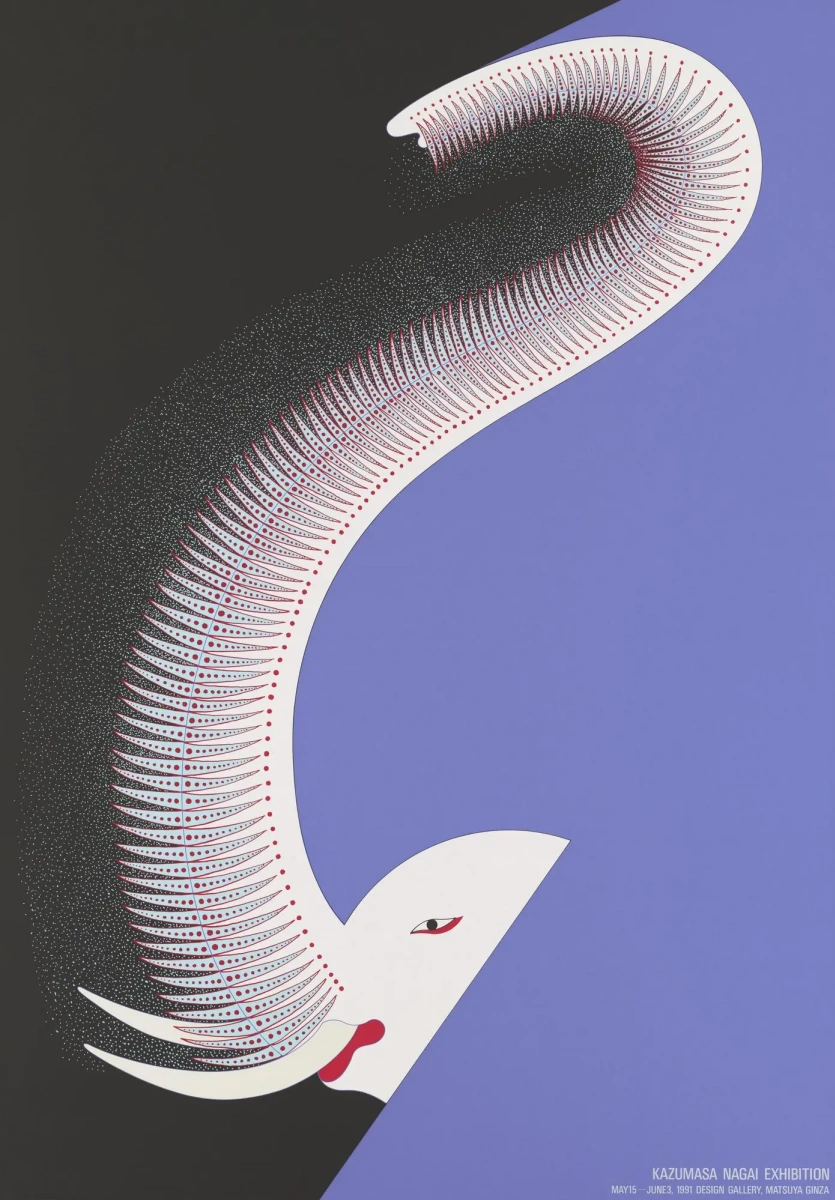
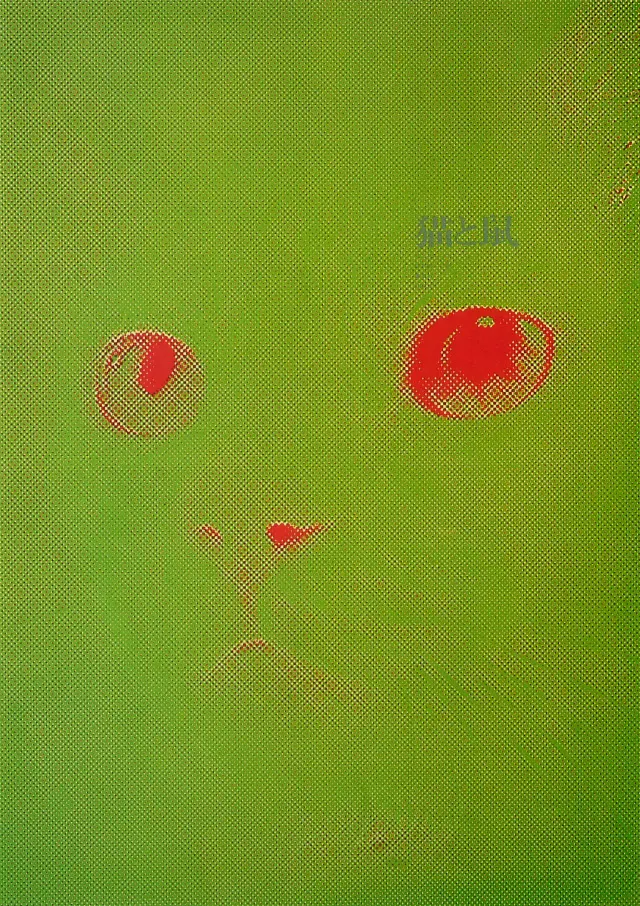


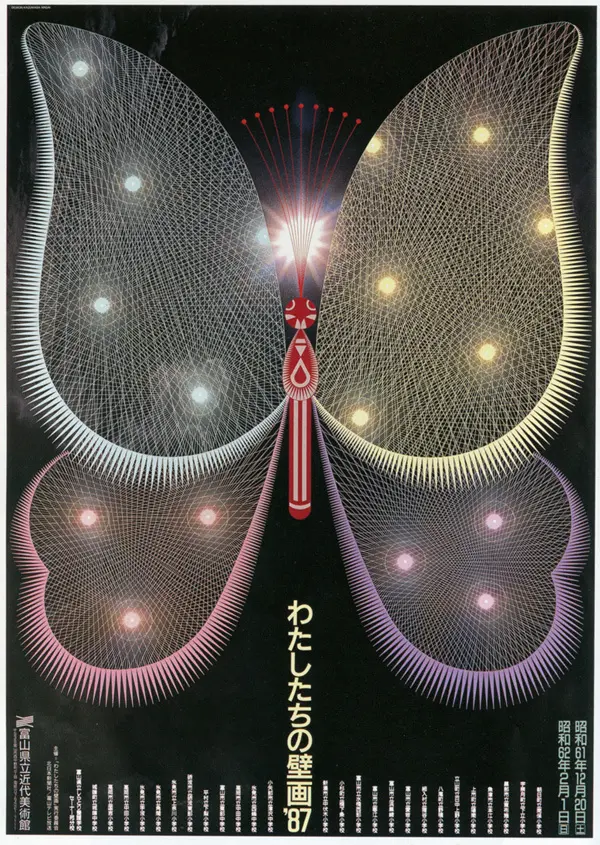




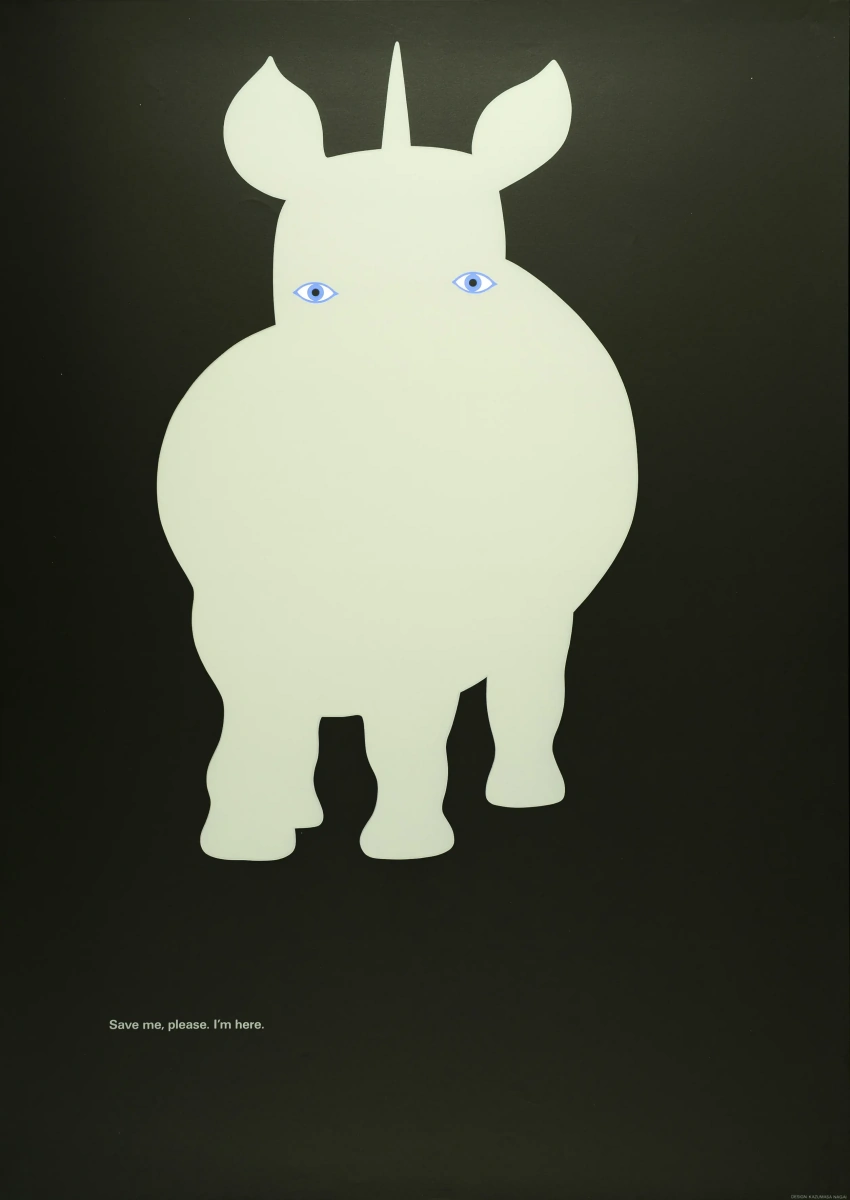
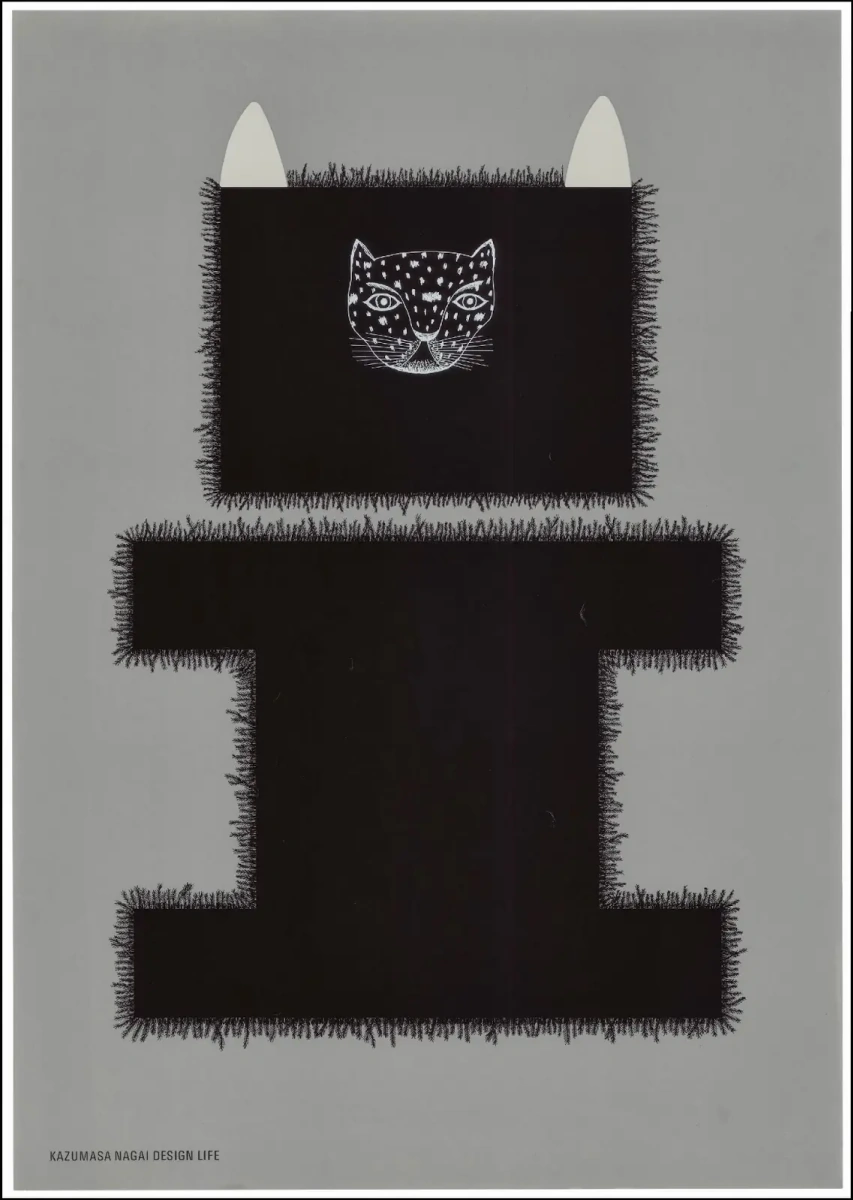

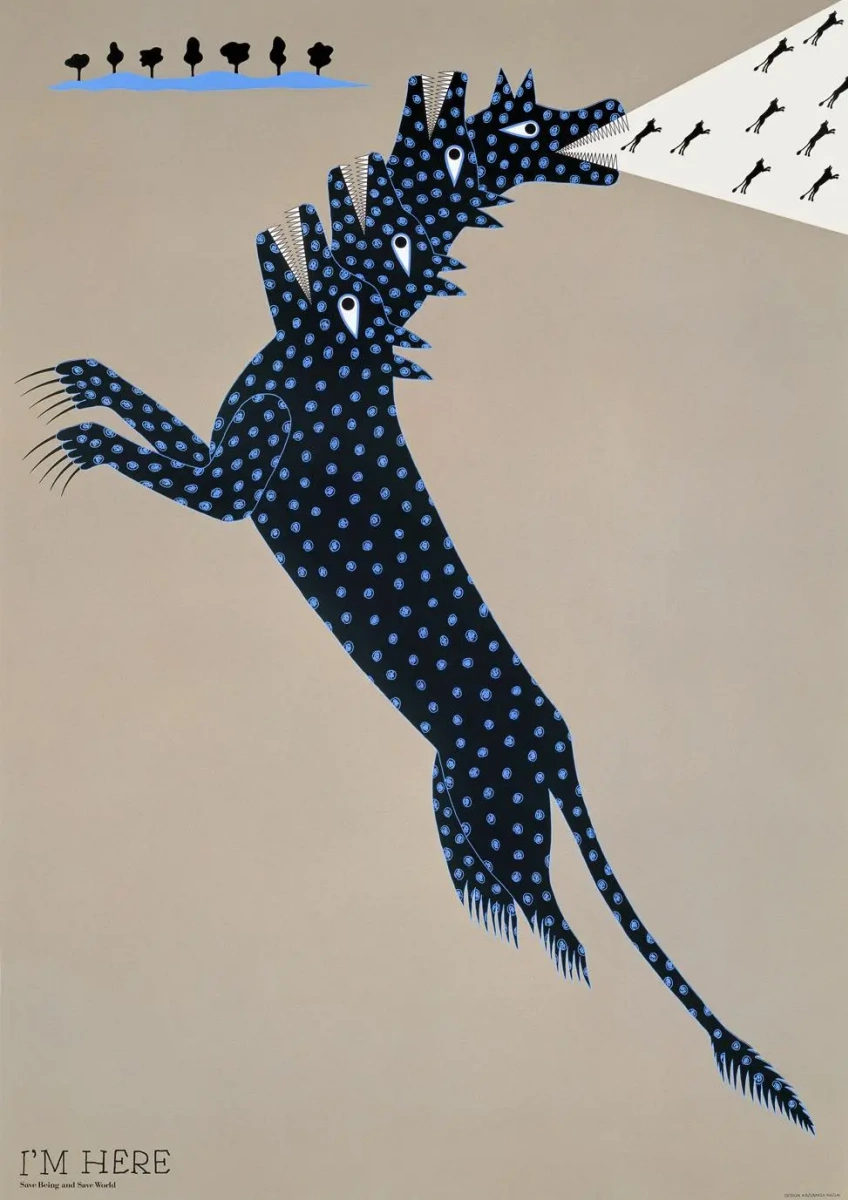
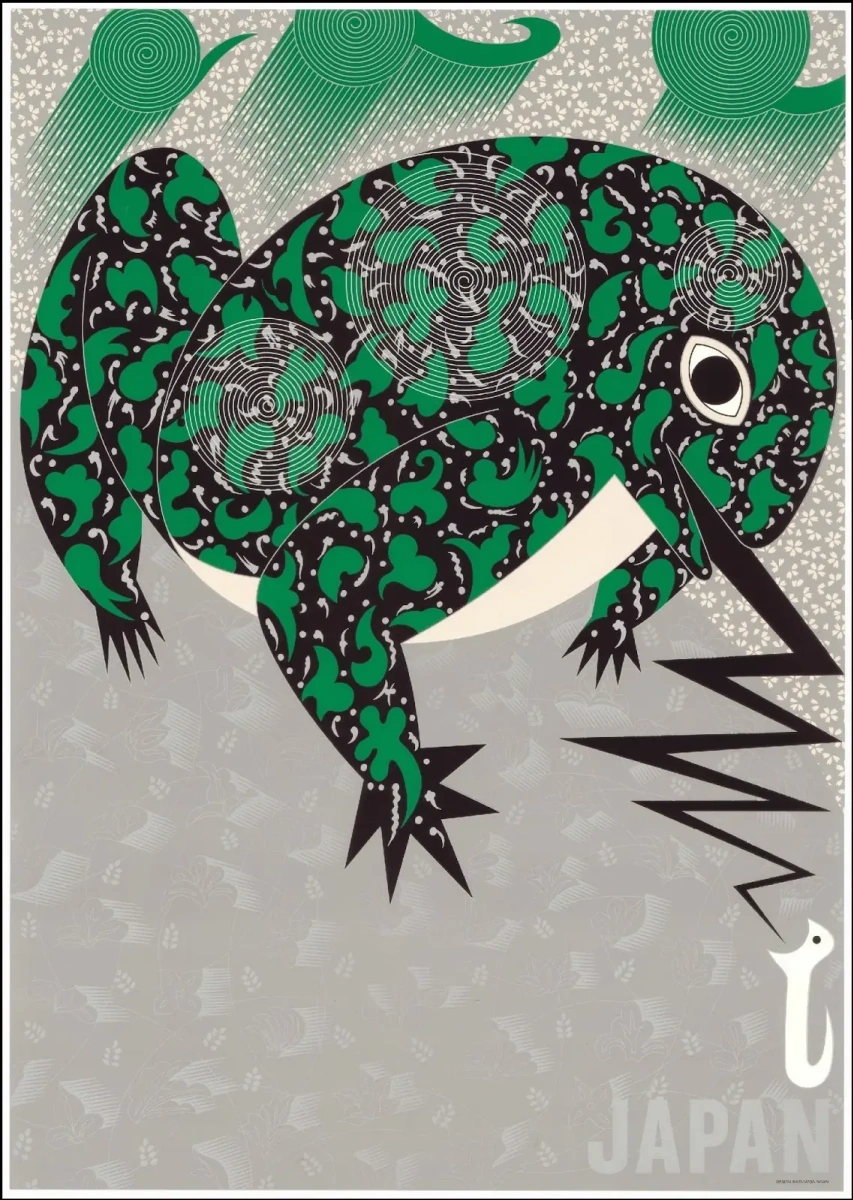
Kazumasa Nagai: “No matter how advanced the technology is or how many things change, communication is always an act of passing information from one person to another.






